
The daily routine of the laundry at Medanta Jokilaakso Hospital revolves around seven employees. They all know how important their work is for patient safety. “You don’t move from the dirty laundry to the clean laundry without changing clothes,” says Iida Rantanen, the laundry team leader.
Joel Jokinen from Jämsä sorts textiles of different colors in the dirty laundry area of the Medanta Jokilaakso Hospital laundry. Before the pile of clothes collected in the carts dives into the depths of the washing machines, it is weighed on a large, square scale on the floor.
Three washing machines hum along the wall. At best, they spin a thousand kilos of laundry from seven in the morning onwards every weekday. The machine's wash program takes about an hour, the smaller ones half that. The detergent is automatically dispensed.
In the laundry office, team manager Iida Rantanen is drawing up the work schedules for the coming weeks. The phone rings and Rantanen calmly answers the customer's questions. She explains that the laundry's daily schedule is carefully planned.
“We deliver an agreed amount of clean laundry to all departments every day,” says Rantanen.
Rantanen, who has worked in the laundry for a long time, ensures that the laundry's daily routine runs smoothly and that each of the seven employees knows their place in the laundry chain.


Textile safety is part of patient safety
The operations of Jokilaakso Hospital in Jämsä are managed by Jokilaakso Terveys, a joint venture between the Pihlajalinna Group, the City of Jämsä and the Central Finland Hospital District. The Jokilaakso Hospital laundry, located in the same courtyard, was transferred to Medanta in April 2019.
In addition to hospital workwear, patient clothing, linen, cleaning textiles and protective masks, the laundry also handles textile maintenance for service homes and bed linen for daycare centers in the city of Jämsä.
Textile safety is part of patient safety. According to the National Institute for Health and Welfare, there are approximately 100,000 healthcare-related infections in Finland each year. The Infectious Diseases Act requires healthcare units to monitor and prevent the occurrence of infections and microbes.
According to Rantanen, industrial washing of work clothes and textiles is safer than using a home machine. The laundry follows the textile washing instructions carefully and the machines are cleaned at the end of the day. The work is responsible and the results are of high quality.
“We have a separate dirty and clean side, so the laundry never gets contaminated. We can also monitor temperatures closely: if a home machine is full of laundry, the temperature may not rise to the desired level. We only use professional, environmentally friendly, fragrance-free and skin-friendly detergents,” Rantanen says.


The washing chain includes many steps
The packer on duty collects dirty laundry from the hospital to the laundry along the hospital corridor. The worker on duty in the washing department receives the bags stacked on roller racks on the dirty side of the laundry and sorts the laundry into their own carts according to the textile: according to the washing instructions, bed linen goes to one cart, pajamas to another. The person working on the dirty side has no business going to the clean side until their hands have been washed and their clothes have been changed.
“Employees working in the central area of the laundry receive clean and washed laundry on the other side of the wall. The washing machines have doors on opposite sides of the machines. From the washing machine, the laundry continues its journey to the dryer and from there to the ironer. Work clothes travel directly from the washing machine to the finishing tunnel,” Rantanen says.
In the middle of the laundry, in the clean laundry area, there are three dryers. The steam cabinet is called the finishing tunnel, through which the work clothes, hung in a neat row, pass. The cabinet steams and dries the clothes. The linen is finished with an iron, the steam of which kills every last bacteria. Both sides of the pillowcases are ironed.
“We also wash isolation laundry, such as Medanta fabric face masks used in home care and physiotherapy. After washing, we fold the masks in batches of five and ten into bags, which are sealed tightly with heat sealing. We pack the bags in plastic boxes. The packaging is done in accordance with the washing process and our infection safety is at the highest level. The hygiene standard (EN-SFS 14065), which applies to textiles used in the healthcare sector, is applied throughout the washing process. Quality assurance is carried out in accordance with the RABC for laundries,” Rantanen continues.
Today, Eemeli Oksanen is bagging masks. She has a respirator on her face and gloves on her hands.
The laundry also acts as a kind of “testing laboratory,” as the masks have been washed over a hundred times over the past year. There is no visible wear and tear, and the masks are just as usable.
“The mask packaging area is kept clean and its surroundings are disinfected regularly,” says Iida Rantanen.


Waste textiles are recycled
Once the laundry is washed, the work clothes and textiles travel back to the hospital in roll-off trucks.
“We do not store clean laundry on our premises, but try to take it to the hospital within a couple of days.”
Textile maintenance cannot be successful without seamless cooperation. Each laundry station has one or two employees at a time. They rotate their duties every week or two, so the job description varies.
Rantanen praises the team's good team spirit.
“It’s nice to come to work when we have a good team spirit.”
Medanta's production strictly adheres to quality and environmental standards. Ecology and environmental actions are also regularly featured in the laundry's operations.
"For example, we reduce waste generation by directing discarded textiles to carpet weavers. Even now, there are many sacks waiting in that rolling bin, which will certainly be picked up for recycling during the summer."
“It works and the friend is being helped”
Joel Jokinen, laundry worker

“I started working at the laundry in October 2019. I'm currently on the washer shift. Our work is important. They would be a bit surprised in the hospital if they didn't have clean laundry. We have a good team spirit here. Sometimes it's busy, but things always work out and people help each other. I come to work every morning in a good mood.”
“We only work when we are healthy”
Marjaliisa Skouri, laundry worker

"I have been working in the laundry for over five years. I like my job because my job description varies and we have a really nice team and good team spirit in the laundry. Clean textiles are also part of patient safety in healthcare. We take care of textile safety for our part: we only work when we are healthy and handle laundry according to instructions.
I like the washer shift the most, where I work independently at my own pace. On the dirty side, I sort dirty laundry to be put into different washing machines. Our work is like a game where everyone has their own place to play: if one is missing, the work of others suffers. We have a wide range of skills here. One of our employees has graduated as a vehicle mechanic and is able to give first aid to a broken machine before we get a repairman there.”






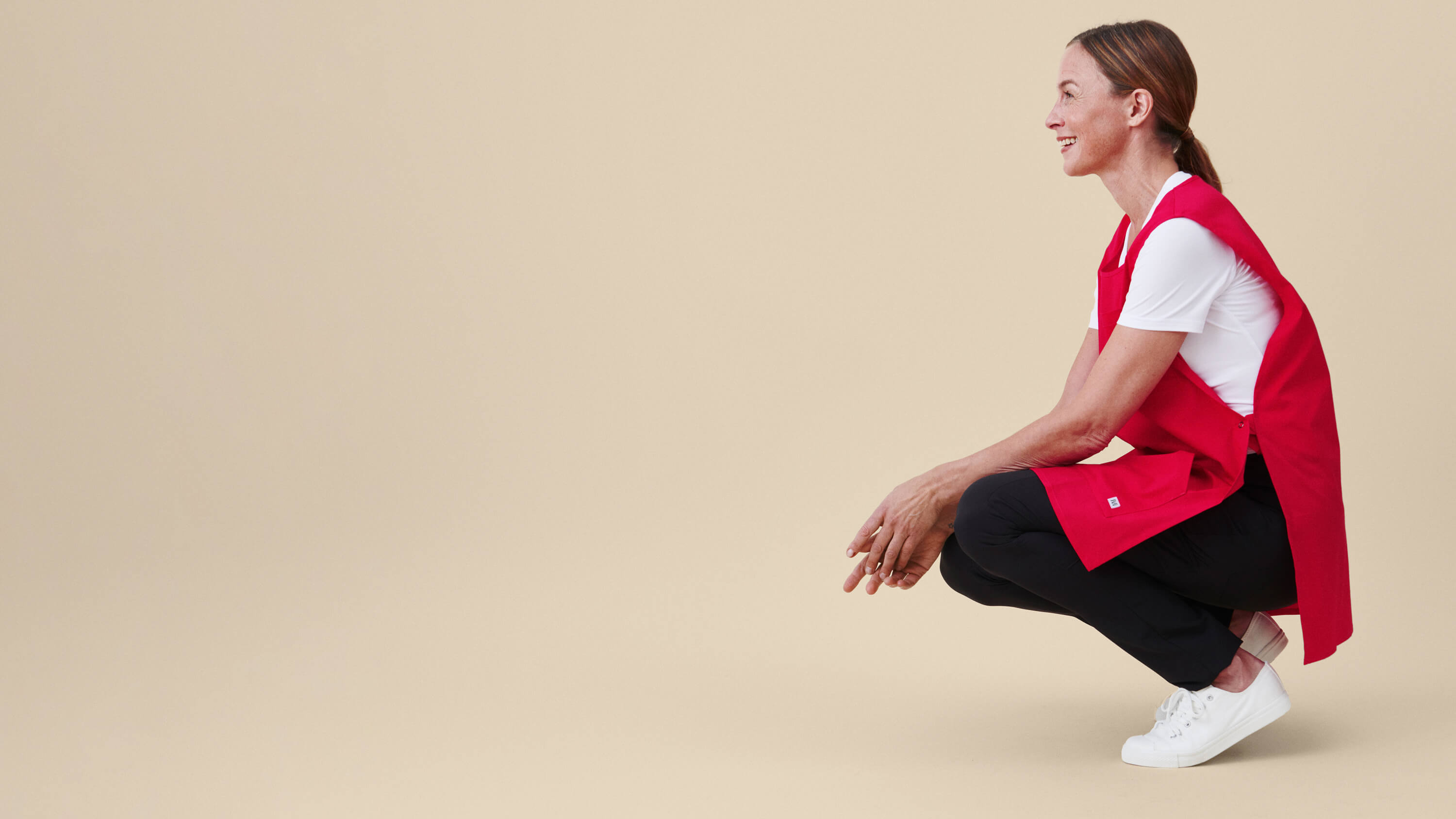


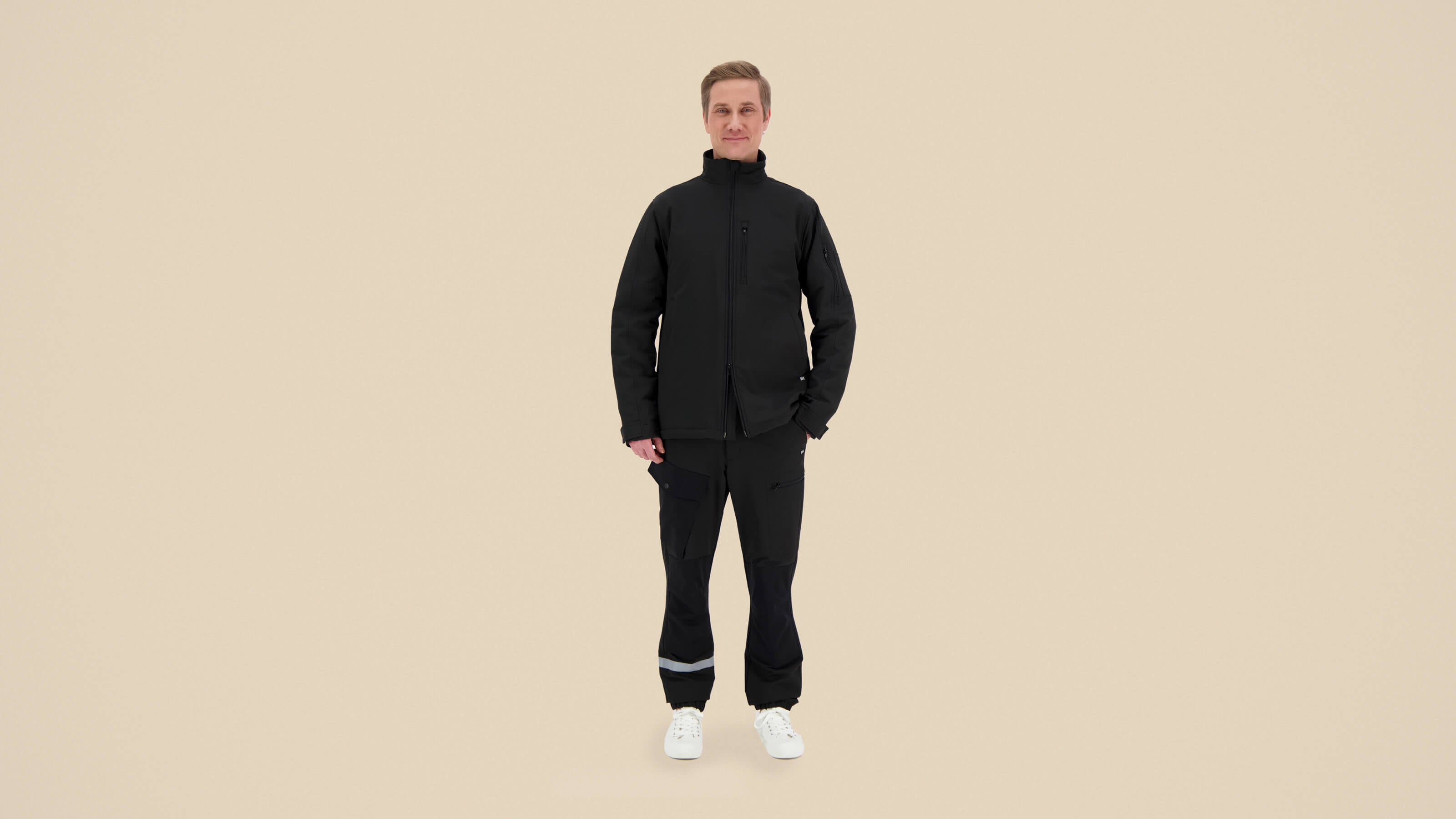
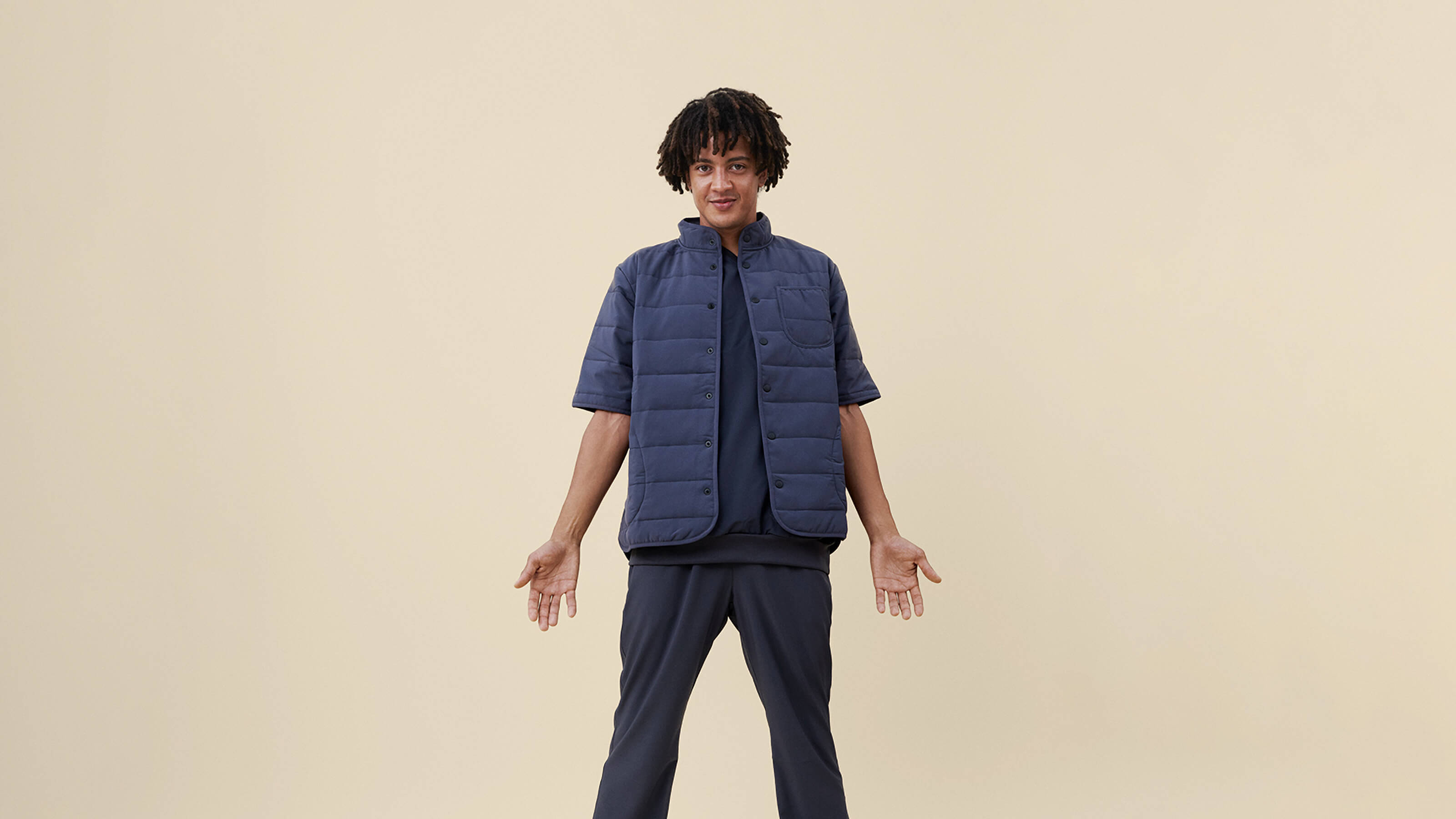
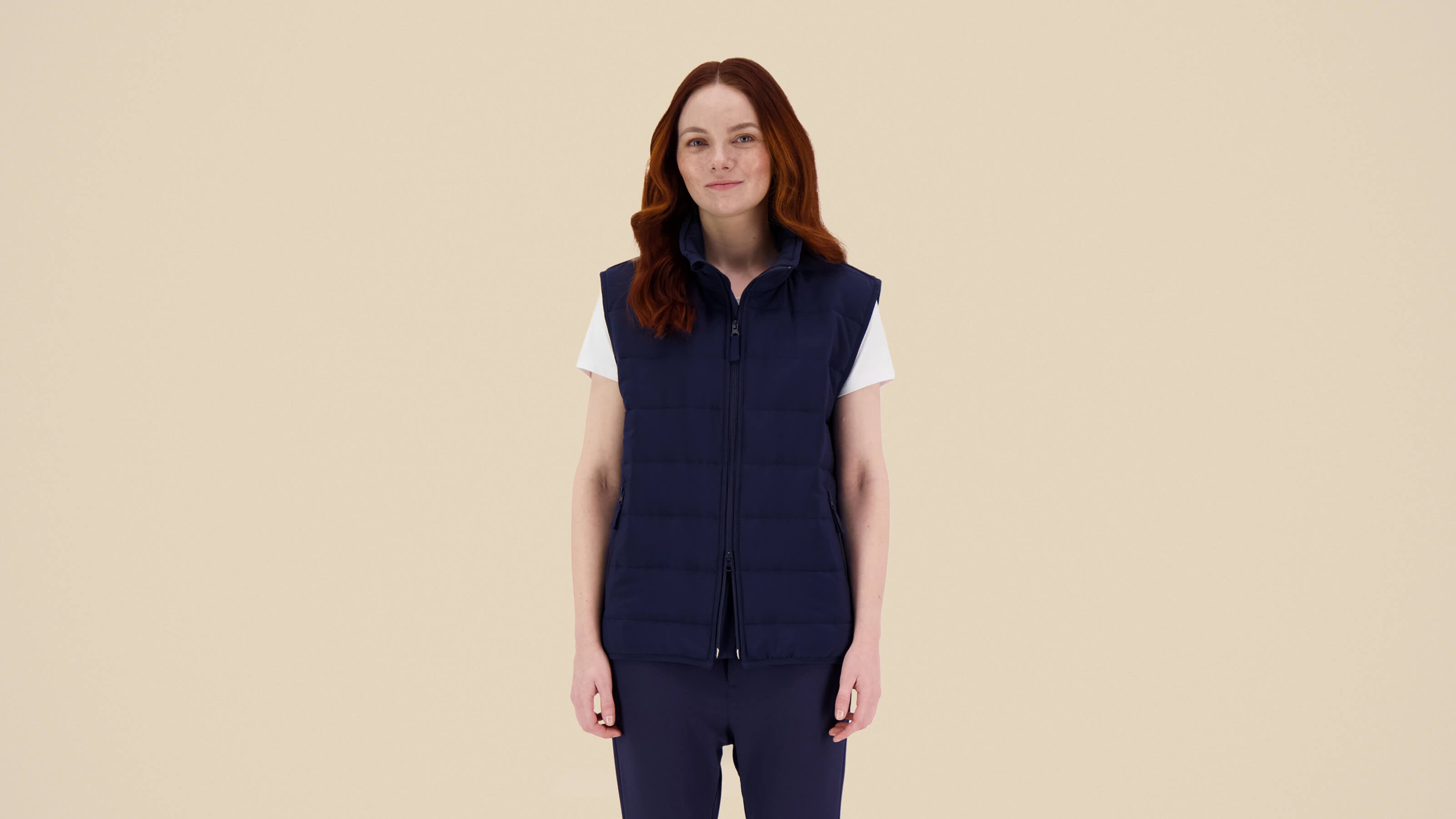


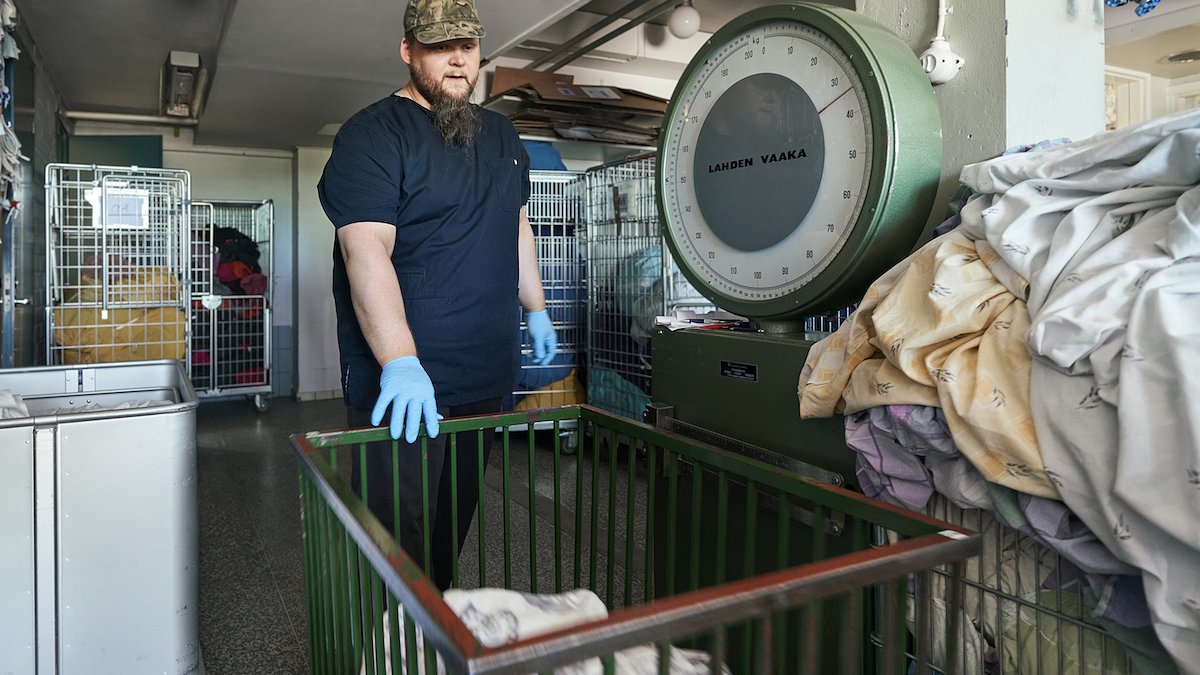
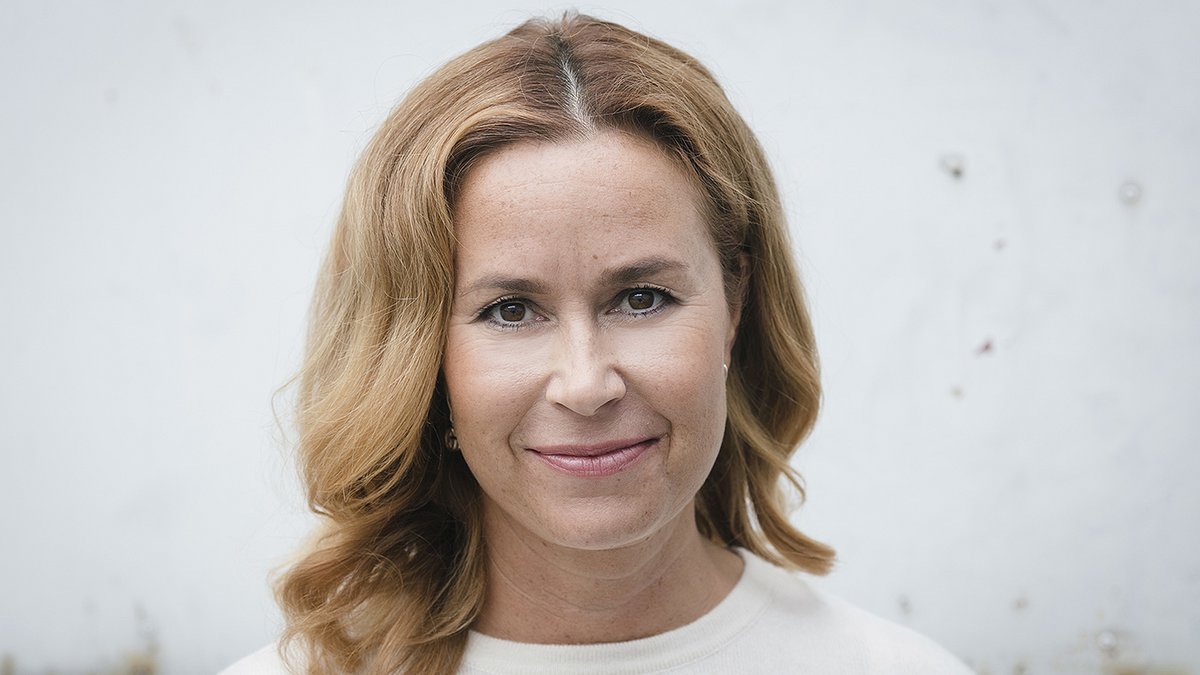
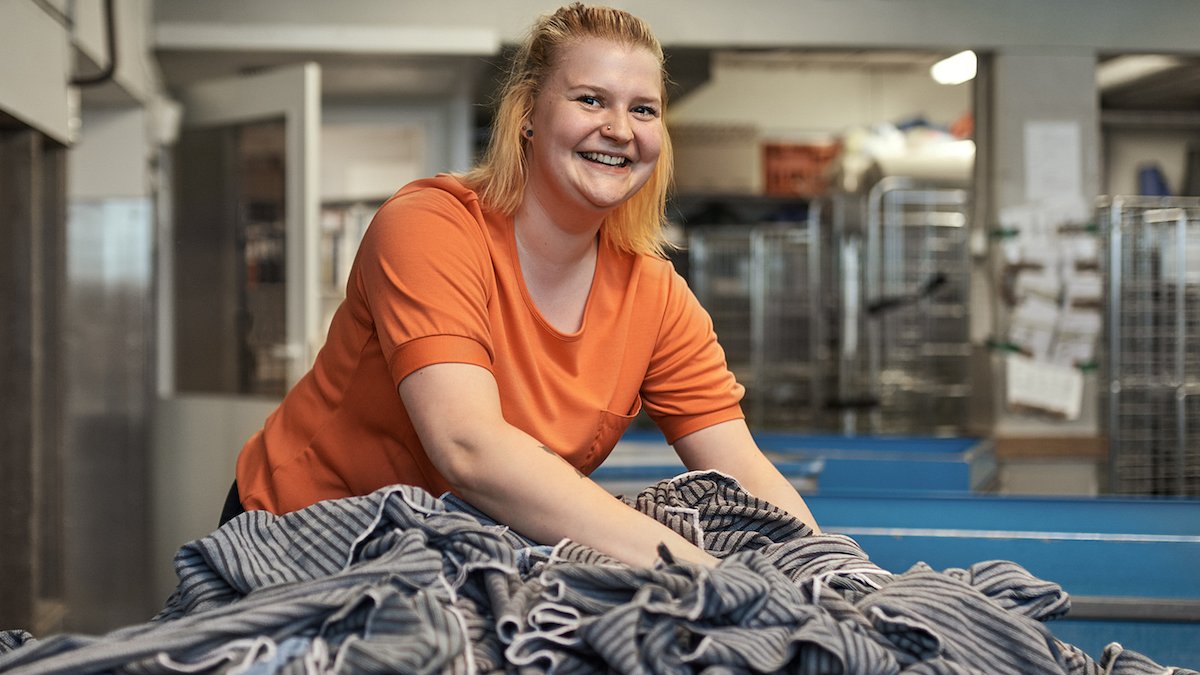
Leave a comment
This site is protected by hCaptcha and the hCaptcha Privacy Policy and Terms of Service apply.